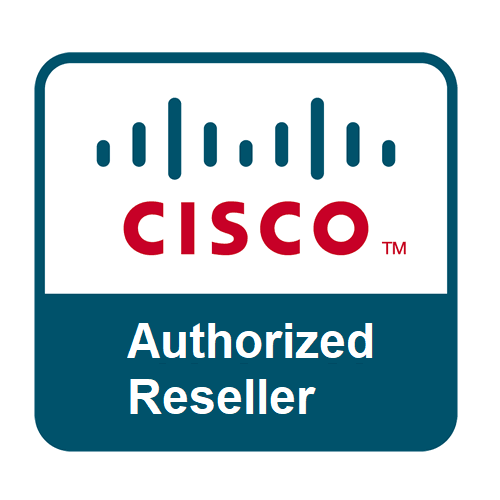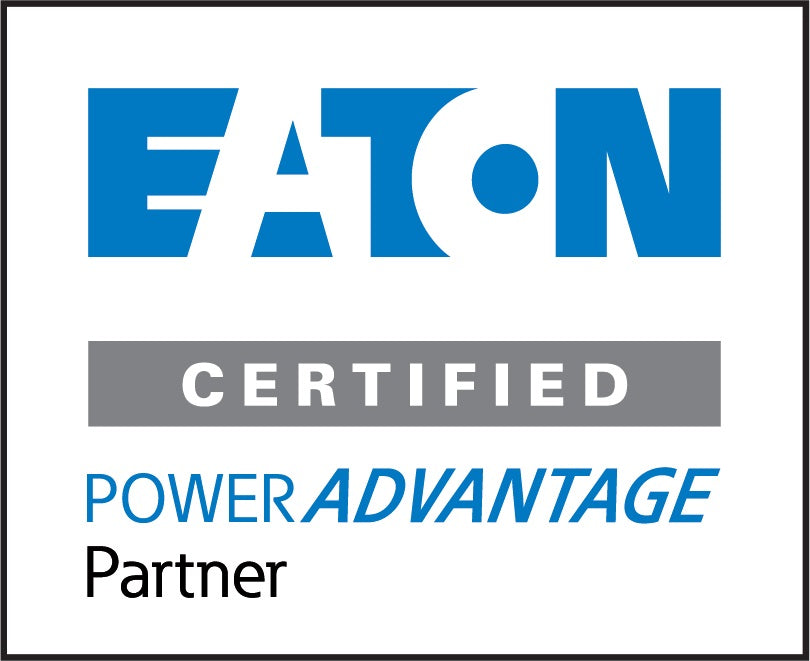Bridging the Divide: How to Set Up a Hybrid Office with the Right Tech
The hybrid office model, blending in-office and remote work, is no longer a futuristic concept – it's the present and likely the future for many businesses. Offering flexibility and catering to diverse employee needs, a successful hybrid setup hinges on having the right technology in place. Without it, you risk creating a disjointed experience, hindering collaboration, and ultimately impacting productivity.
So, how do you equip your hybrid office for success? Let's break down the essential tech you need to bridge the divide between your physical and virtual workspaces.
1. Robust and Reliable Network Infrastructure:
This is the bedrock of your hybrid setup. Whether employees are in the office or connecting remotely, a stable and high-speed internet connection is non-negotiable.
- In-Office: Ensure your office Wi-Fi can handle the increased demand from potentially more devices connecting simultaneously. Consider upgrading your router and access points for better coverage and bandwidth. Implement wired connections where possible for critical workstations.
- Remote: Provide clear guidelines and potentially resources for employees to ensure they have a reliable internet connection at home. This might involve recommending minimum speeds or even offering stipends for internet upgrades in some cases.
- Security First: Implement robust security measures across your network, including strong firewalls, VPN access for remote workers, and multi-factor authentication (MFA) for all company accounts.
2. Seamless Communication and Collaboration Tools:
Breaking down communication silos is crucial in a hybrid environment. Equip your team with tools that facilitate seamless interaction, regardless of location.
- Unified Communication Platforms: Invest in platforms like Microsoft Teams, Slack, or Zoom that offer a range of features including instant messaging, video conferencing, file sharing, and project management integrations. Ensure everyone is trained on how to use these tools effectively.
- High-Quality Video Conferencing Equipment: For meeting rooms, invest in professional-grade webcams, microphones, and speakers that provide clear audio and video for remote participants. Consider smart cameras that can automatically focus on speakers.
- Digital Whiteboarding: Tools like Miro or Microsoft Whiteboard allow for real-time collaborative brainstorming and visual communication, bridging the gap between in-office and remote participants.
3. Efficient Project Management and Task Tracking Software:
Keeping everyone on the same page regarding tasks, deadlines, and project progress is vital in a hybrid model.
- Project Management Platforms: Utilize tools like Asana, Trello, Monday.com, or Jira to centralize project information, assign tasks, track progress, and facilitate collaboration.
- Shared Document Management: Implement a cloud-based document management system like Google Workspace, Microsoft OneDrive, or Dropbox Business to ensure everyone has access to the latest versions of files and can collaborate in real-time.
4. Secure and Accessible File Sharing and Storage:
Remote employees need seamless and secure access to company files and resources.
- Cloud-Based Storage Solutions: As mentioned above, cloud storage provides accessibility from anywhere with an internet connection while offering robust security features.
- VPN (Virtual Private Network): Ensure remote employees have secure VPN access to your internal network when necessary to access sensitive files and applications.
- Clear Access Permissions: Implement a clear system of user roles and permissions to ensure only authorized individuals can access specific files and folders.
5. Meeting Room Technology for Hybrid Interactions:
Your physical office spaces need to be equipped to effectively include remote participants in meetings and collaborative sessions.
- Large Interactive Displays: These can serve as digital whiteboards and display video conference feeds clearly.
- Integrated Audio-Visual Systems: Invest in systems that combine high-quality microphones, speakers, and cameras designed for meeting room environments.
- One-Touch Meeting Start: Simplify the process of joining video conferences with easy-to-use, one-touch meeting start systems.
6. Employee Hardware and Peripherals:
Ensure both in-office and remote employees have the necessary hardware to perform their jobs effectively and comfortably.
- Laptops and Mobile Devices: Provide employees with company-issued laptops that meet their job requirements and are equipped with necessary security software. Consider stipends for personal mobile devices used for work.
- Ergonomic Setup: Encourage and potentially provide resources for ergonomic setups for both in-office and remote workers, including adjustable desks, chairs, and external monitors.
- Headsets with Noise Cancellation: High-quality headsets are crucial for clear communication in virtual meetings, especially in busy home environments.
7. IT Support and Management Tools:
A hybrid environment can present unique IT challenges. Ensure your IT team has the tools and resources to support both in-office and remote employees effectively.
- Remote Desktop Software: Tools like TeamViewer or AnyDesk allow IT support to remotely access and troubleshoot employee devices.
- Device Management Software (MDM): For company-issued devices, MDM solutions help manage security policies, software updates, and device inventory.
- Clear IT Support Channels: Establish clear channels for employees to seek IT support, whether they are in the office or working remotely.
Key Considerations for Successful Implementation:
- Employee Training: Simply providing the tech isn't enough. Invest in comprehensive training to ensure all employees know how to use the new tools effectively.
- Security Awareness: Regularly educate employees on cybersecurity best practices, especially regarding remote work and using company devices on home networks.
- Gather Feedback: Regularly solicit feedback from employees on their experience with the technology and make adjustments as needed.
- Scalability: Choose solutions that can scale as your hybrid office evolves and your team grows.
The Takeaway:
Setting up a successful hybrid office requires a strategic investment in the right technology. By prioritizing robust infrastructure, seamless communication, efficient collaboration, and comprehensive support, you can create a flexible and productive environment that empowers your employees, regardless of their location. The key is to bridge the physical and digital divide with thoughtful tech implementation and ongoing support.







